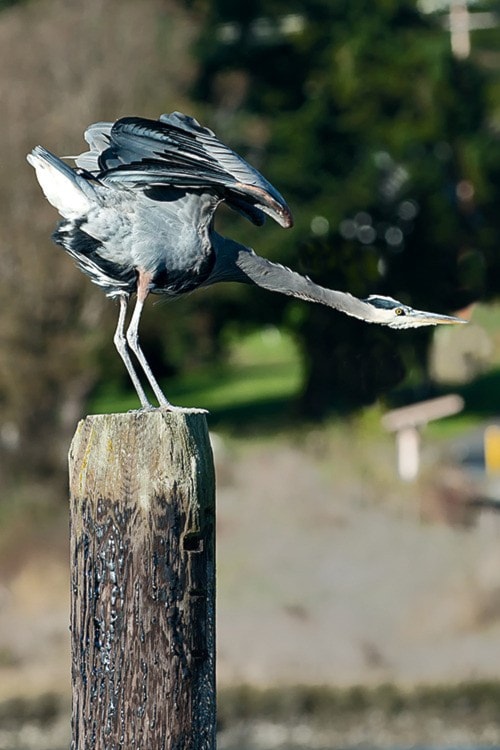After viewing a portfolio of wildlife photographs today I got to thinking about this article I wrote exactly two years ago and decided to repost it instead of doing a complete rewrite on the subject of backgrounds in photography.
Much of the time photographers get so excited about the subject before their camera that they don’t pay any attention to anything else that is captured by the camera’s sensor when the exposure is made.
Of course, things can be cropped out during postproduction, but what if the background is so busy that it obscures the intended subject of the photograph?
The background can impact a subject in many ways and much of the time it interferes with the subject.
In the past I have written about composition, depth of field, and even brokeh. Composition can be as simple as creating an interesting photograph by using basic guidelines or compositional strategies for a balanced image.
Depth of field is that area in front of and behind the subject that is acceptably clear, and brokeh refers to that portion of an image that is out of focus.
Using those three mechanisms or strategies as a way to isolate a subject help photographers increase the impact their photographs have for viewers.
A serious wildlife photographer told me that it is important to have a background that is neutral and non-descript.
I had one experienced birder giving me tips on photographing Loons, explain that soft green water made better pictures than contrasty blue water. I think that this may be his personal opinion, but I have to agree that of the photos I took that day I liked the way the green water looked better.
I recall a photographer who had exhibited his photograph in a local exhibition being angry because he didn’t get a mention by the judges on his photograph of an eagle posing on a branch. He had exposed it properly and displayed it sharply. He was so proud of his photograph of that bald eagle that he was unable to see the busy background and how it negatively impacted on the overall photograph. I believe the judges did see that.
My advice to that photographer would be to curb his excitement and spend some time examining his subject and its surroundings. Using the term, coined by Ansel Adams, that I mentioned in my June 26, 2014 article, he should “previsualize” the image for its best impact.
Compose and isolate the center of interest, and decide how to use the background to the best effect; whether the background should be in, out, or partially focused, or to have it clear or cluttered, and if it is appropriate for inclusion or to be excluded.
A busy background distracts viewer’s attention.
These are my thoughts for this week. Contact me at www.enmanscamera.com or emcam@telus.net. Stop by Enman’s Camera at 423 Tranquille Road in Kamloops.
I sell an interesting selection of used photographic equipment. And if you want an experienced photographer please call me at 250-371-3069.
